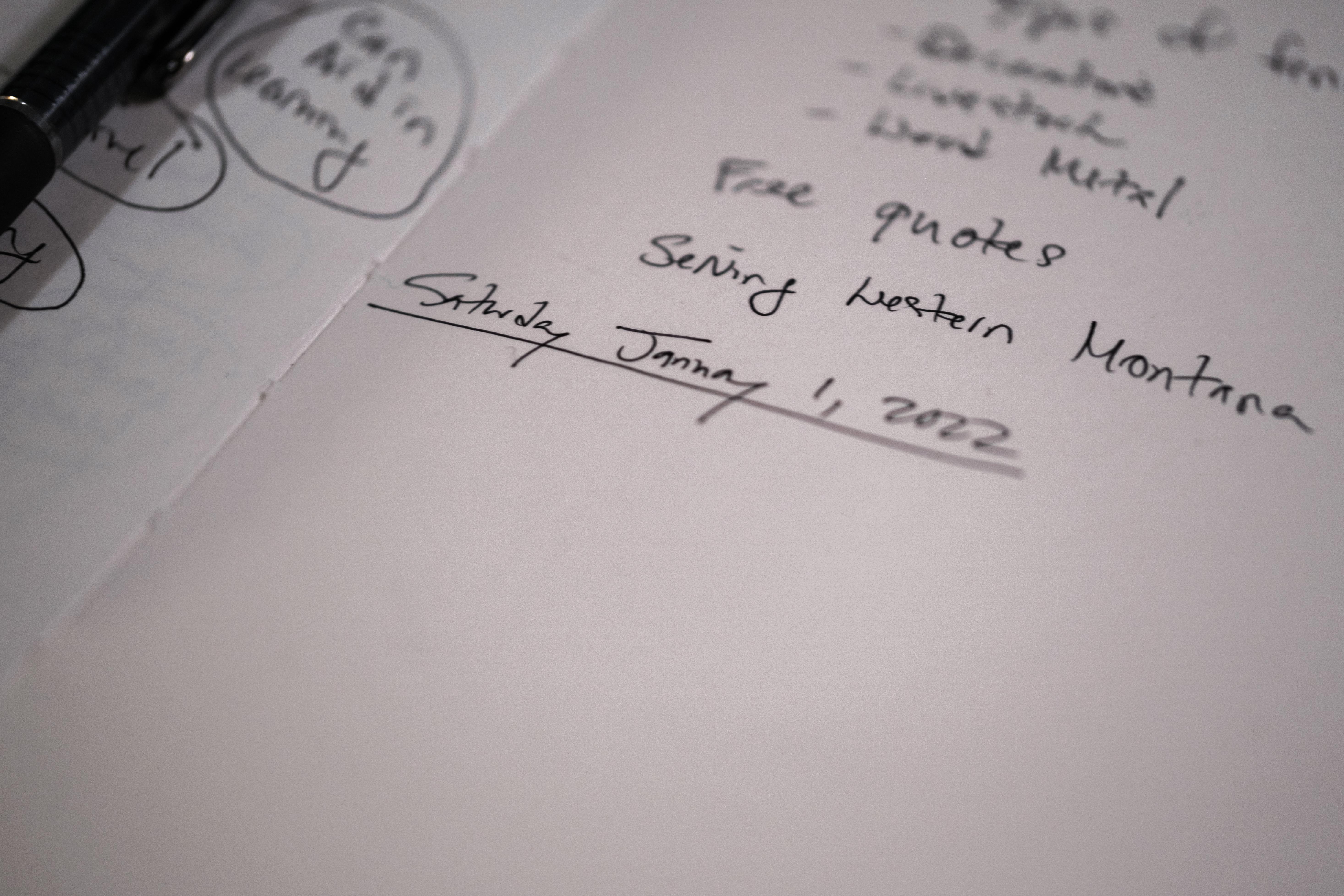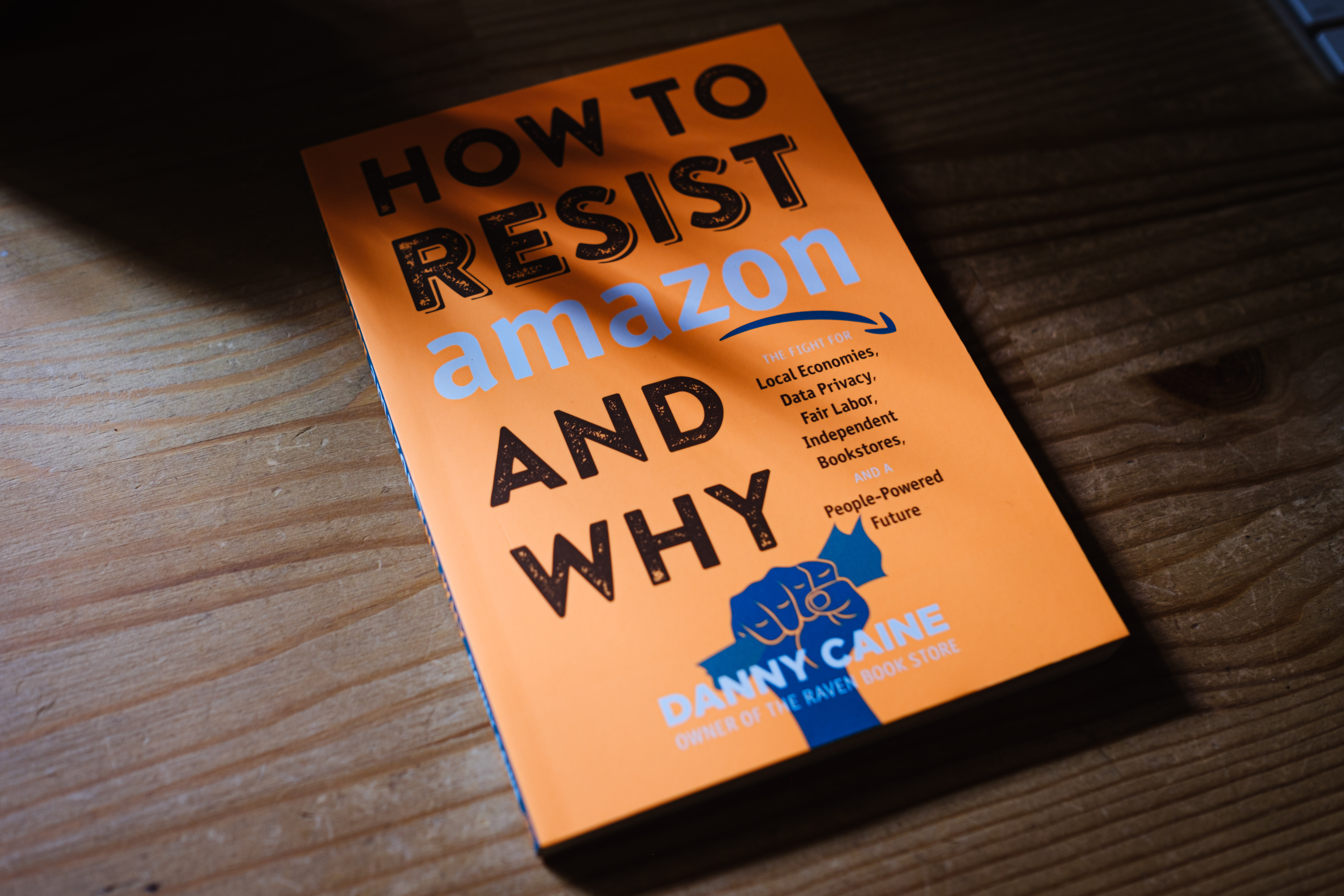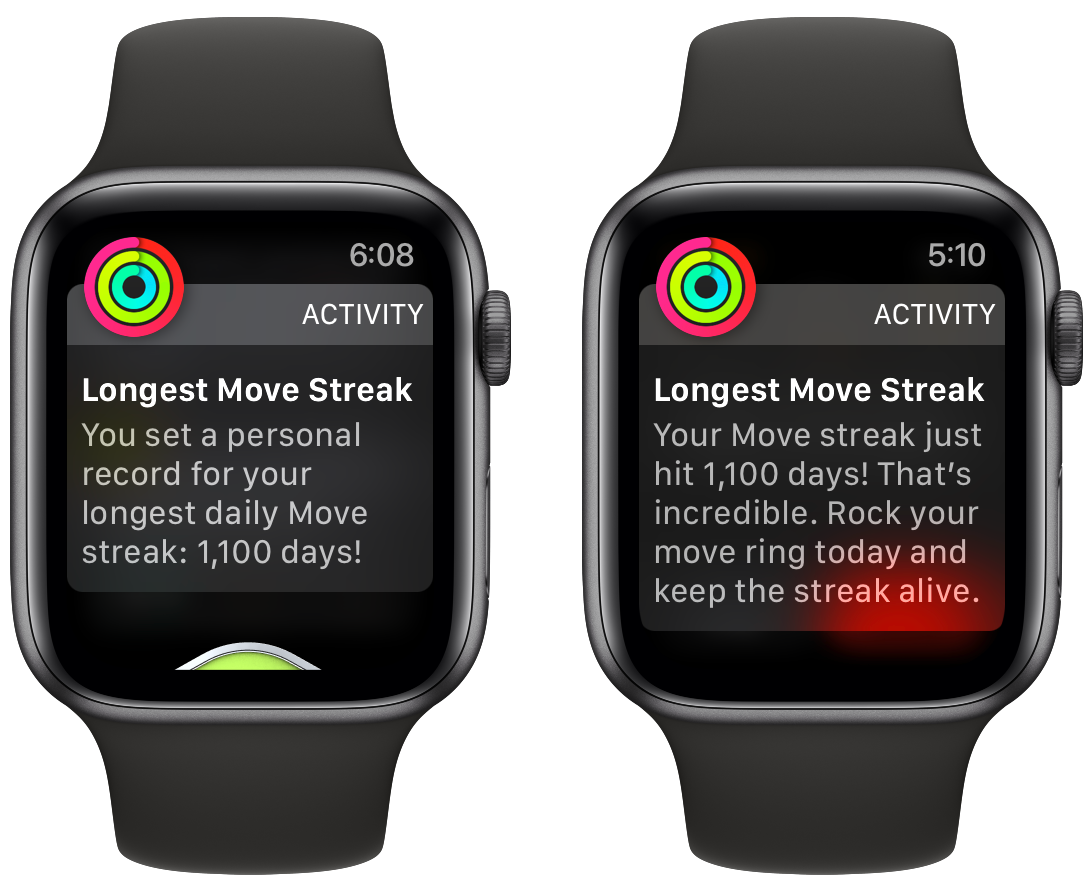One of the things I want to do more of this year is write. I don’t want to write a novel or short stories or a screenplay; I want to write more posts for my website. I have a long list of ideas built up, of unfinished thoughts and sentences, and I want to spend every morning this year going through them, fleshing them out, spending good time on them, and posting a finished product I’m proud of to my website. That was the idea, at least. Sure, I’m only a week into the new year, so the year is still very young, but damn, I wish I was more productive with it already.
The struggle, and every writer knows this, every creator knows this, is that you have to show up every day. The muse helps those that show up, and if I don’t show up, then I won’t create. That’s the heart of the matter. Does that suck? Yes, of course it does. But I have to show up, whatever the cost, and in this case, the only cost is time. Time is so damn valuable yet I’m finding it so hard to find enough of it nowadays. Where does it all go?
I’ve been spending about a quarter of an hour to half an hour every morning sitting in front of my computer poking away at an essay that just isn’t materializing the way I’d hoped. The point was to show up every morning, to build up that writing habit again, but I feel like I haven’t. Not yet, at least. I’m “pretending,” to an extent. I’m checking off the task from my mental checklist and calling it good enough and moving on to the next thing.
I wish I spent more time on it. I wish I had more time to spend on it, but life is moving so fast that it’s so very tough to keep up with it. So what’s the answer? I wish I knew. But here’s the deal I’m making with myself: I have to show up and do the work before I can go out and play.
I don’t want to live a passive life anymore. I want to live an active life, a life I can look back on with pride. And to do that, I simply have to show up every day and live.


